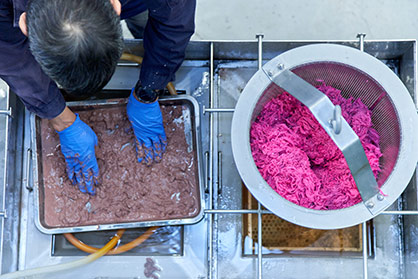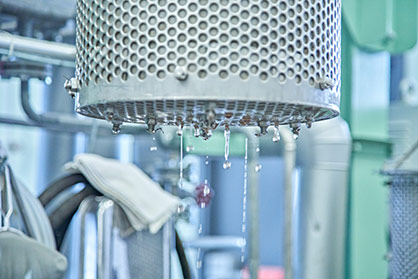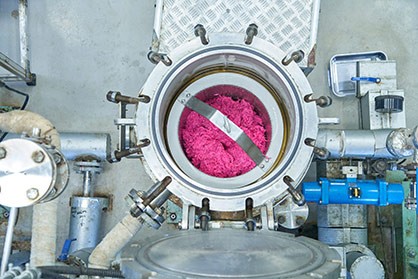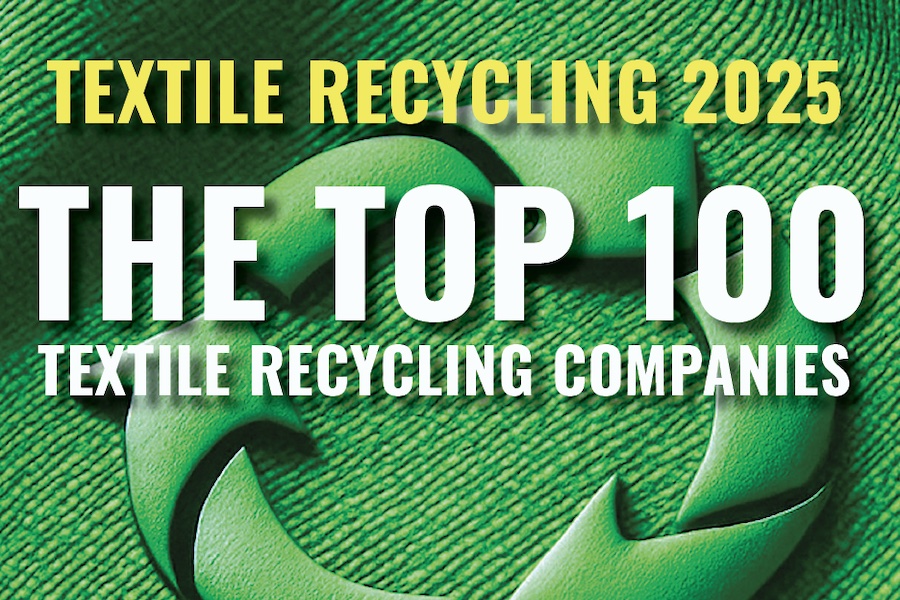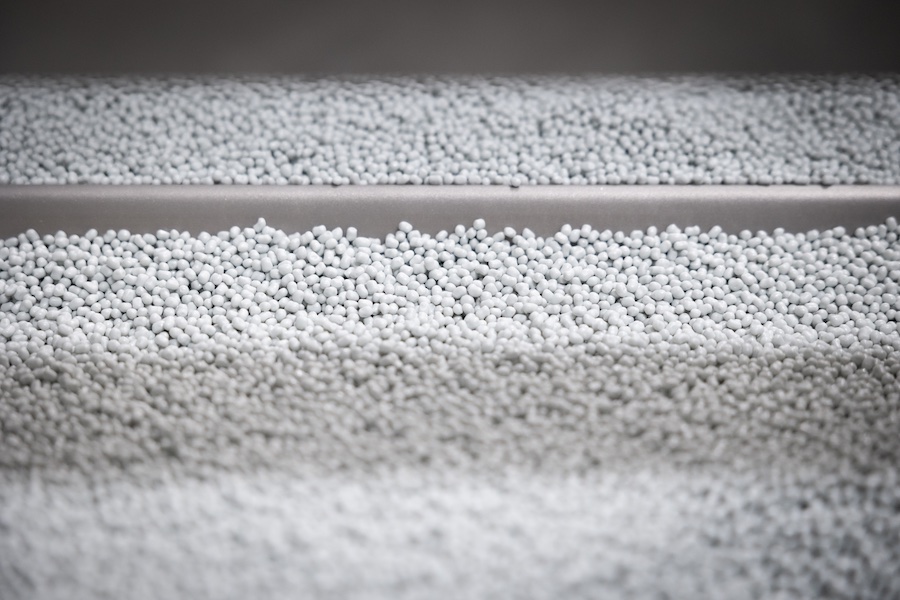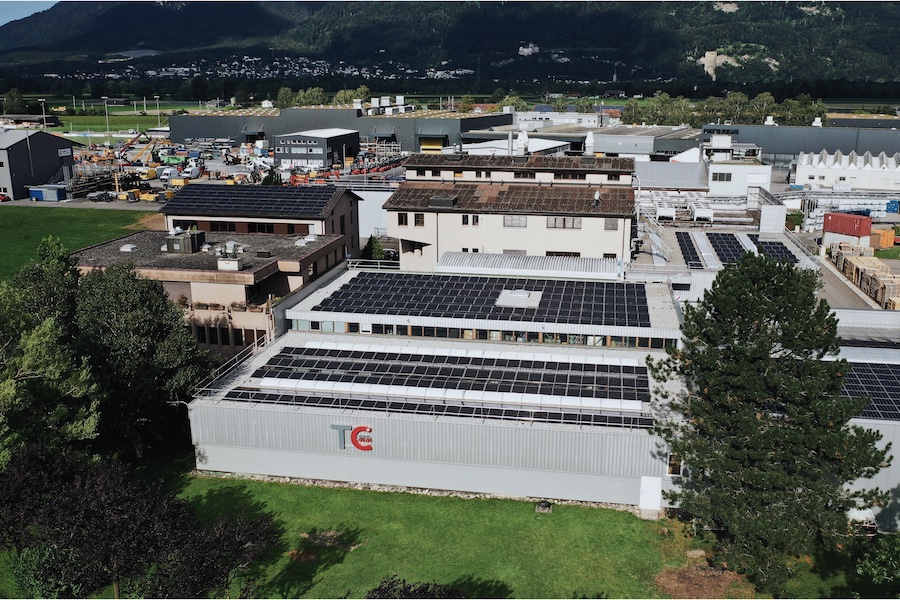#Denim
ISKO invests in pioneering green technology to provide customers with a 100% post-consumer recycling solution
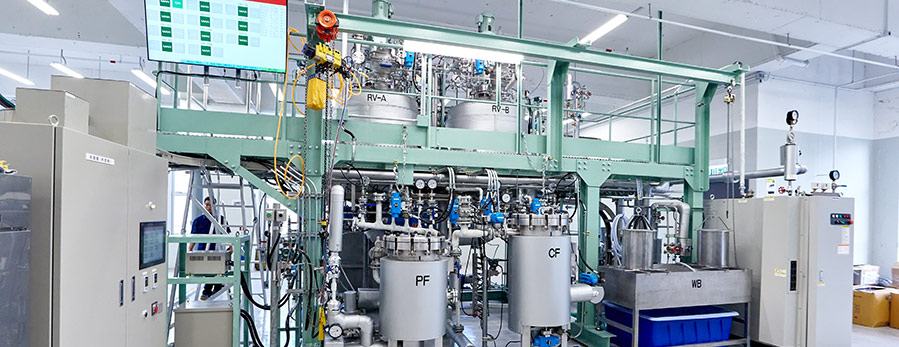
The technology is still in the pilot stage, but is an additional step in ISKO’s drive to improve and commercialize recycling technologies which will eventually enable the company to offer a 100% post-consumer recycling solution to all of its customers. In addition, ISKO and HKRITA will work together to develop related technology, further strengthening the company’s position as a leader in sustainability.
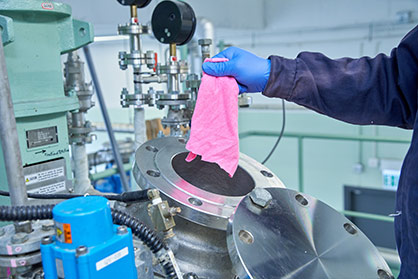
"ISKO has a total commitment to sustainability and through our Responsible Innovation approach, we are constantly looking for new ways of working towards the future of a fully circular fashion industry. Our investment in this new technology is another milestone towards our full circularity vision,” says ISKO CEO, Fatih Konukoglu.
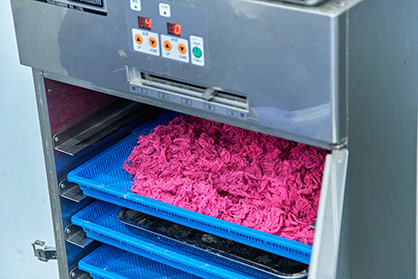
The Green Machine is a first in the industry and uses an innovative and ultra-efficient hydrothermal treatment method that decomposes cotton into cellulose powders and enables the separation of polyester fibres from blended fabrics. The process is a closed loop and uses only water, heat and less than 5% biodegradable green chemicals. Crucially, this method does not damage the polyester fibres and therefore maintains their quality; the cellulose powders, which are clean and toxic-free, can be used in a variety of ways.
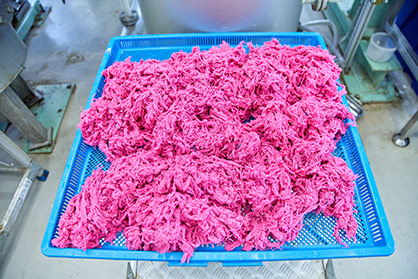
“The Green Machine is a ground-breaking recycling technology. Seeing this project become truly commercially viable is wonderful. We are excited to learn that ISKO recognises our innovation and applies this recycling solution into its production. The Green Machine will definitely become another green credential of ISKO,” says Mr. Edwin Keh, Chief Executive Officer of HKRITA.

The investment in this new technology is the latest in ISKO’s ongoing drive for advancements in sustainability. As part of the company’s R-TWOTM programme, it is also working to develop fabrics with a guaranteed minimum 50%+ GRS (Global Recycle Standard) recycled content blend. This will significantly reduce the carbon and water footprint of a fabric, as well as make it easy for consumers to trace a garment’s sustainable journey step-by-step from the beginning of the supply chain through to the end product they purchase.
